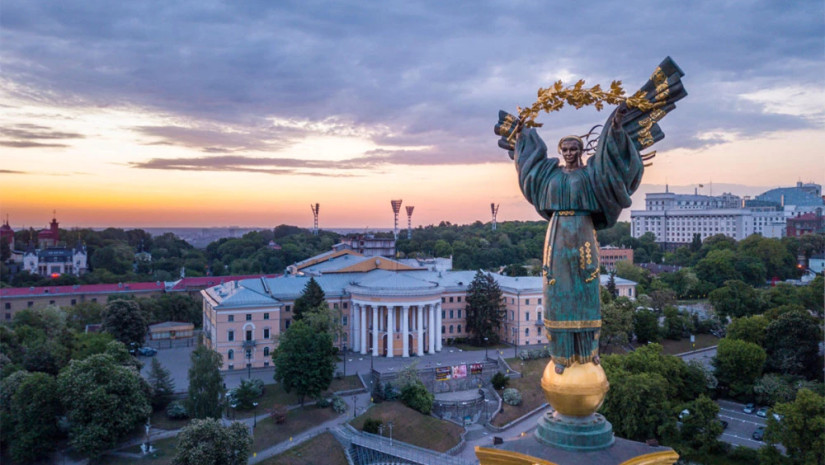Countries in Europe have sharply increased their imports of major weapons in response to tensions with Russia, a prominent think tank has said, with Ukraine emerging as the world’s third-largest arms importer following Moscow’s invasion last year.
The Stockholm International Peace Research Institute (SIPRI), in a new report on Monday, said European states bucked global trends and increased their imports of major arms by 47 percent in the five-year period between 2018 and 2022.
NATO states in Europe saw an even larger increase, growing their imports of major weaponry by 65 percent in the same period.
In contrast, global levels of arms transfers decreased by 5.1 percent.
“Even as arms transfers have declined globally, those to Europe have risen sharply due to tensions between Russia and most other European states,” said Pieter D Wezeman, senior researcher with the SIPRI Arms Transfers Programme.
“Following Russia’s invasion of Ukraine, European states want to import more arms, faster,” he added.
The United States, France and South Korea were the biggest suppliers to NATO states in Europe over the past five years, while the US, Poland, Germany and the United Kingdom supplied the most weapons to Ukraine last year.
Many of the arms supplied to Ukraine, however, were second-hand items from existing stocks. They included some 228 artillery pieces and an estimated 5,000 guided artillery rockets from the US, 280 tanks from Poland and more than 7,000 anti-tank missiles from the UK, SIPRI said.
The war in Ukraine also had a limited impact on the total volume of arms in the past five-year period, it added.
Meanwhile, although the level of US arms exports to Ukraine saw a sharp increase, it was still below the levels Washington sent to four other states last year – Kuwait, Saudi Arabia, Qatar and Japan, SIPRI said. This is because US supplies to Ukraine involved relatively less advanced and mainly second-hand military equipment, while the other four states received advanced new weapons, such as combat aircraft and air defence systems, the think tank added.
The US remained the world’s leading defence exporter, and its share of global arms exports rose to 40 percent from 33 percent in the past five years.
But the share of Russia, the world’s second-largest supplier, fell to 16 percent from 22 percent.
“It is likely that the invasion of Ukraine will further limit Russia’s arms exports,” said Siemon T Wezeman, senior researcher with the SIPRI Arms Transfers Programme. “This is because Russia will prioritise supplying its armed forces and demand from other states will remain low due to trade sanctions on Russia and increasing pressure from the US and its allies not to buy Russian arms.”
For example, Egypt, one of Russia’s biggest customers, cancelled a large order for combat aircraft in 2022, probably due to US pressure, SIPRI said.
As Russia’s arms exports declined, France, the world’s third-largest supplier, has gained a bigger share of the global weapons trade, SIPRI said. France’s share increased from 7.1 percent to 11 percent in the period between 2018 and 2022, due to exports to states in the Asia Pacific and the Middle East.
The trend seems likely to continue as, by the end of 2022, France had far more outstanding orders for arms exports than Russia, SIPRI said.
Similar to Europe, East Asia – another region with high geopolitical tension – saw a sharp increase in arms imports.
The biggest increases in the region were by US allies, South Korea and Japan at 61 percent and 171 percent, respectively. Australia also increased its imports by 23 percent.
SIPRI attributed the increase to “growing perceptions of threats from China and North Korea” and said the main supplier for all three countries was the US.
All three were acquiring long-strike weapons, such as advanced combat aircraft and missiles, SIPRI said.
China’s imports also saw a 4.1 percent increase, with most of the transfers coming from Russia, it added, Al Jazeera reports.















